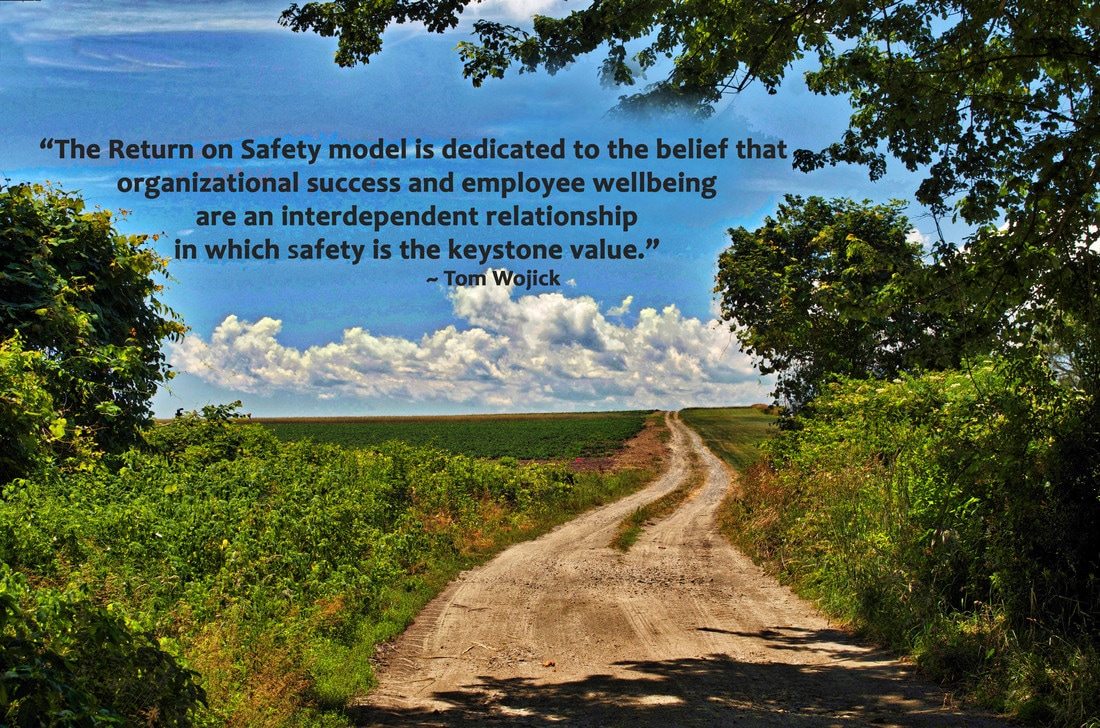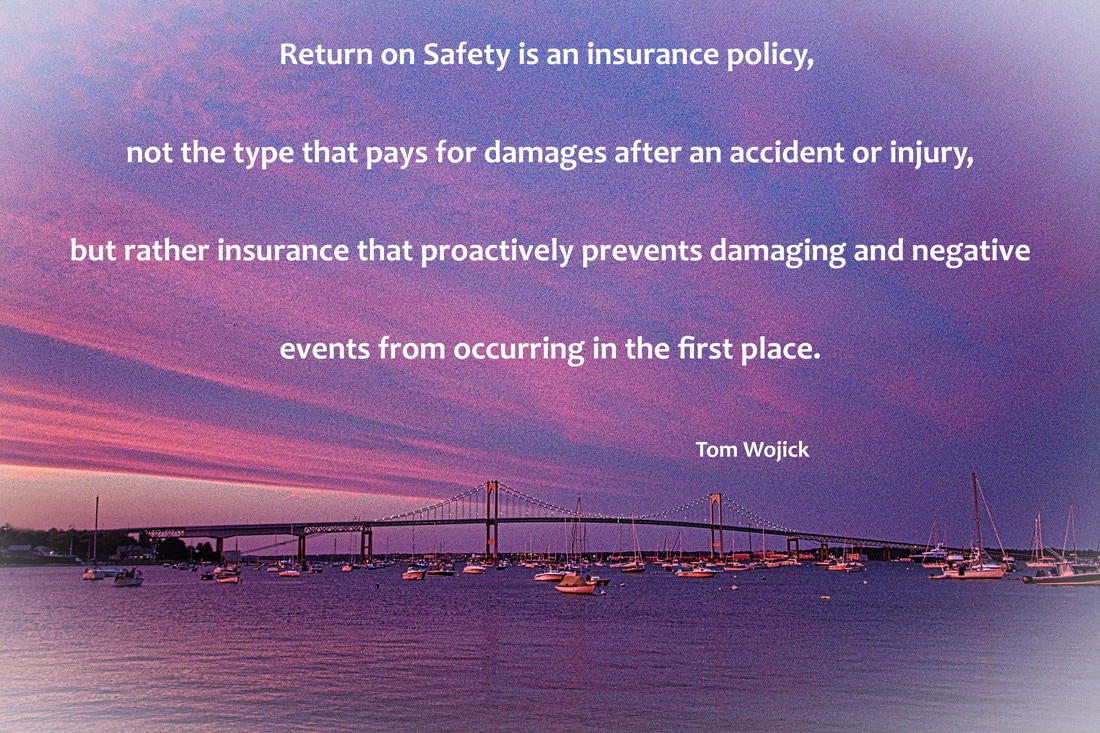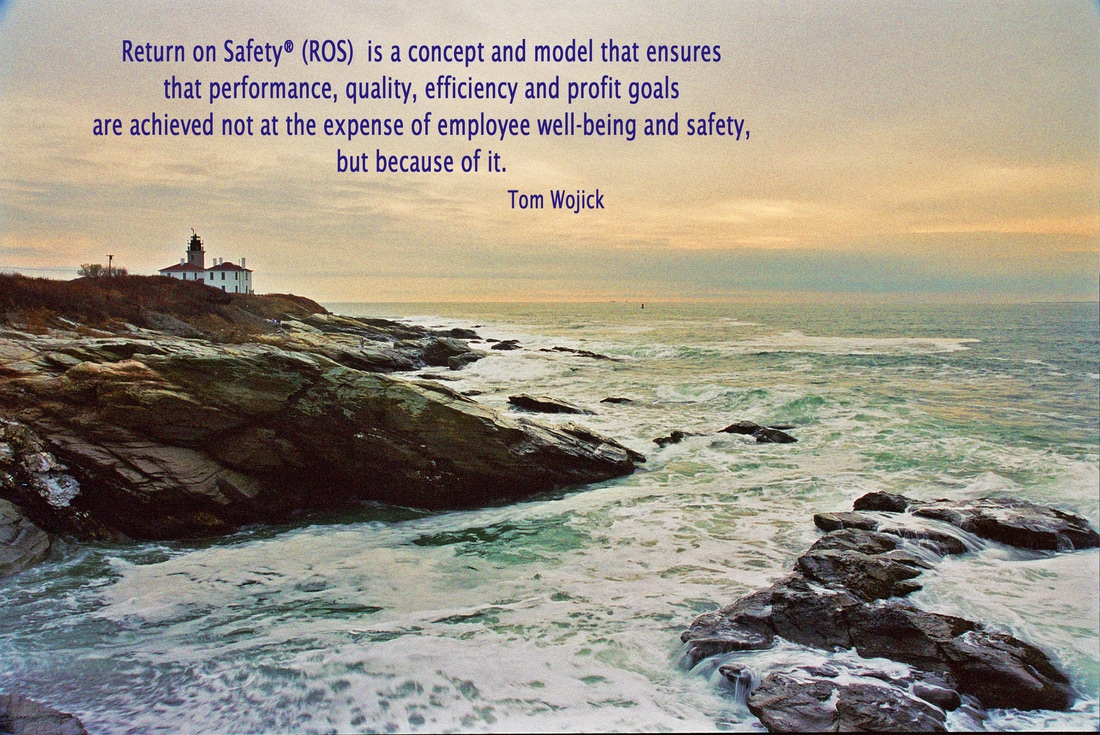Categories
All
About Us
Audio
Authenticity
Bullying
Carrots And Sticks
Change
Climate
Communication
Culture
Egagement
Emotional Intelligence
Engagement
Leadership
Management
Mindfulness
Motiation
Motivation
Neuroscience
Optimism
Recognition
Resiliency
Return On Safety
Rewards
Safety
Safety Culture
Sales
Strengths
Stress
Supervision
Values
Workforce Engagement
Workforce Engagment
World View








 RSS Feed
RSS Feed
